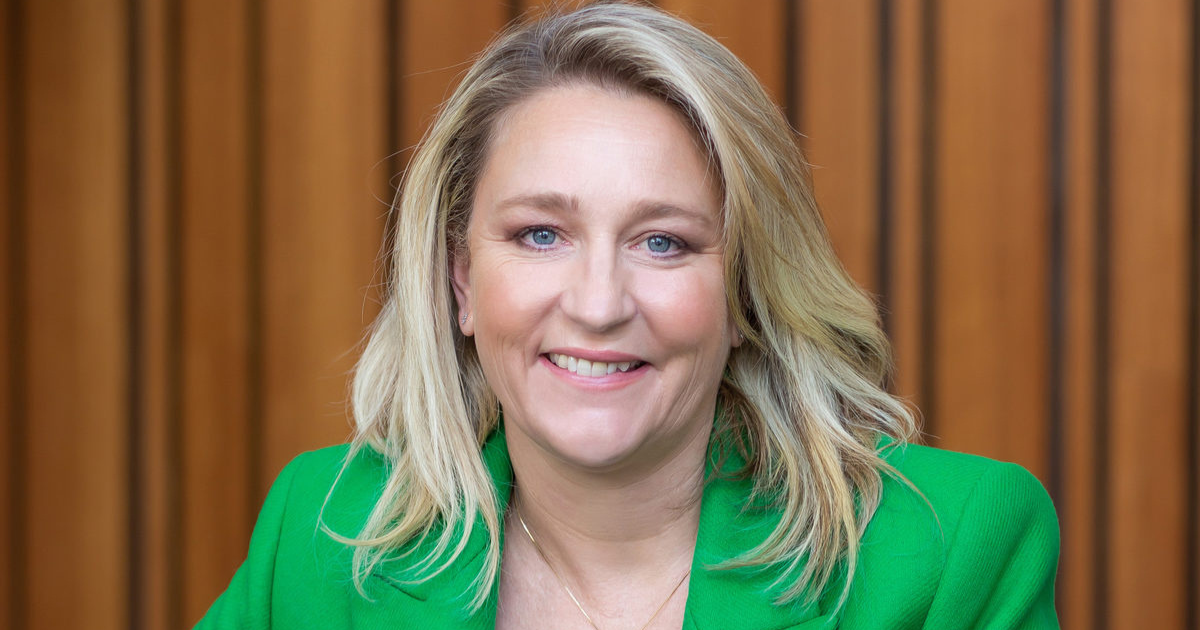Heel prick test expanded for newborns

With the addition of galactosaemia to Victoria's newborn bloodspot screening program, babies will now be tested for a total of 32 rare, but serious, conditions within the first 72 hours of life to ensure early detection and treatment. Photo: ISTOCK
Victoria’s newborn bloodspot screening program, commonly referred to as the heel prick test, has expanded to include testing for galactosaemia.
A rare genetic condition, galactosaemia prevents the body from breaking down the sugar galactose, which is found in milk and other dairy products, properly.
Approximately one in 50,000 babies experiences galactosaemia in its most serious form and, if it is not diagnosed soon after birth, the condition can cause life-threatening liver disease, infections and cataracts.
Its addition to the newborn bloodspot screening program, aims to detect and treat to condition early to prevent these symptoms from occurring.
This treatment involves avoiding foods that contain galactose, including replacing dairy milk with lactose-free formulas for infants.
Ingrid Stitt, who was Acting Health Minister when the announcement was made late last month, said early testing was an important tool for supporting the health of all Victorian babies, while also giving parents peace of mind.
“By expanding the newborn screening program, we’re ensuring that rare conditions like galactosaemia are spotted early so that babies get the treatment they need right from the start.”
The newborn bloodspot screening program is run by the Victorian Clinical Genetics Services and now tests for 32 rare, but serious, genetic conditions, including cystic fibrosis and hypothyroidism.
The heel prick test is offered to parents of all newborns within their first 72 hours of life for free, providing early detection for conditions which do not show any symptoms at birth, so treatment can begin as soon as possible to prevent further health complications.
Since the screening began in Victorian in 1966, more than 3.6 million babies have been tested, with one in 1,000 found to have a rare but serious condition.
For more information, head to betterhealth.vic.gov.au

















